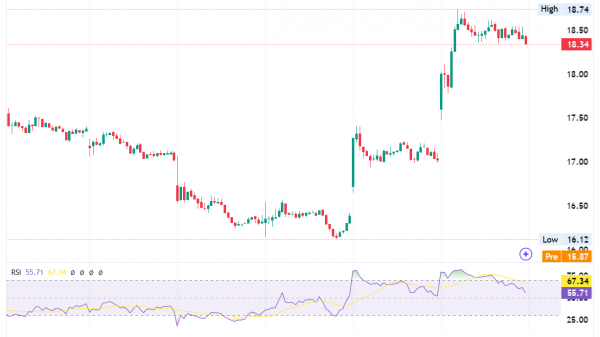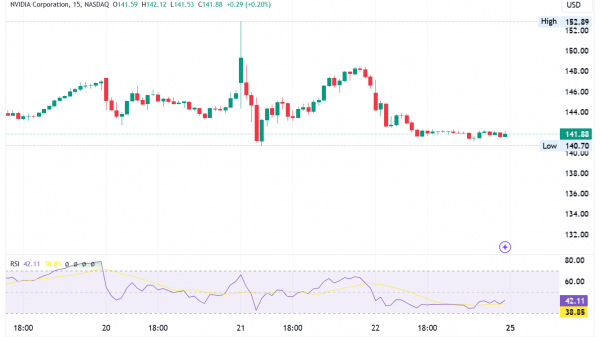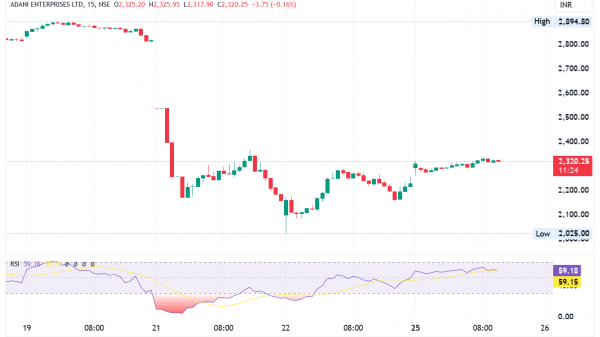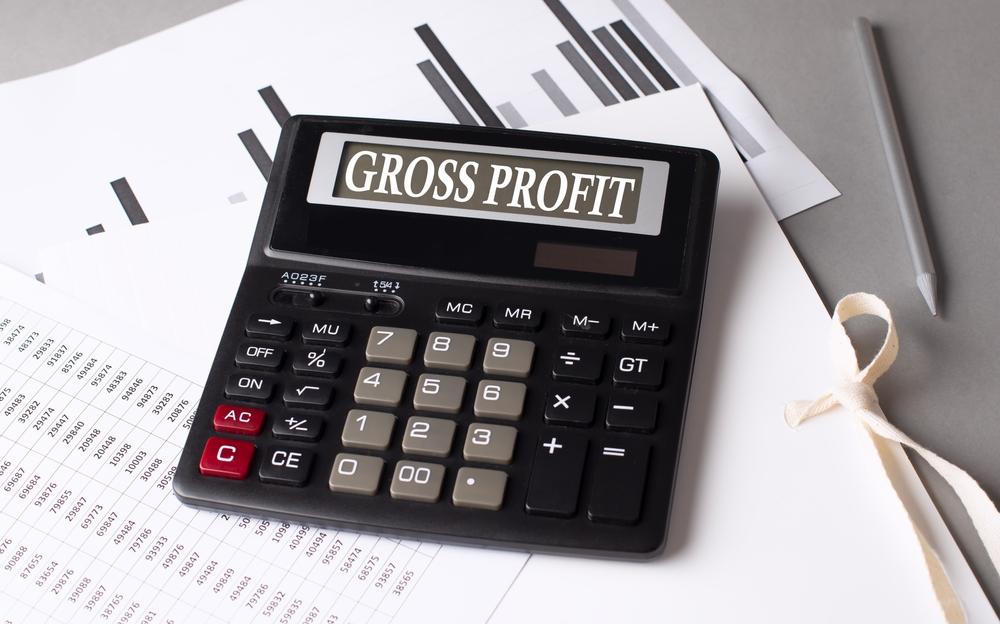Gross Profit Formula and Calculation Examples
Gross profit is a crucial financial metric that represents a company’s profitability before accounting for operating expenses, taxes, and other costs. It’s a fundamental indicator for assessing a company’s ability to generate profit from its core business activities. To calculate gross profit you need to follow a gross profit formula:
Gross profit = Revenue (sales) – cost of goods sold (COGS)
Let’s break down the components of this formula and provide detailed instructions and calculation examples:
Revenue (sales):
Revenue, also known as sales or turnover, represents the total amount of money generated from selling products or services. To calculate gross profit, you first need to determine your company’s total revenue during a specific period, typically a fiscal quarter or year.
Example: Suppose a retail store had total sales of $500,000 in the last fiscal year.
Cost of goods sold (COGS):
COGS is the direct cost associated with producing or purchasing the goods or services that a company sells during a specific period. It includes expenses like raw materials, labor, and manufacturing overhead.
Components of COGS:
Raw materials: These are the basic materials or components used in manufacturing a product. The cost of raw materials is a significant component of COGS, as it represents the initial cost of producing goods.
Direct labor: Direct labor costs include wages and benefits paid to employees directly involved in the production process. This category covers the compensation of workers who assemble, operate machinery, or perform tasks essential for creating the product.
Manufacturing overhead: Manufacturing overhead includes all other costs associated with production that are not directly attributable to raw materials or labor. This can encompass rent for the manufacturing facility, utilities, depreciation of production equipment, and other related expenses.
Purchased goods: For companies that do not manufacture their own products but instead buy and resell them, the cost of purchasing those goods from suppliers is included in COGS. This is common in retail businesses.
Why COGS matters
COGS is a key component in calculating a company’s gross profit, which is essential for assessing the efficiency of a company’s core operations. Gross profit is calculated by subtracting COGS from total revenue. It provides insight into how much money a company makes from its primary business activities before accounting for operating expenses.
Taxation: In many countries, the tax authorities require businesses to report their income after deducting COGS. This is particularly important because it impacts the amount of taxable income a company reports, which ultimately affects the income tax it owes.
Financial statements: COGS is a critical element in the preparation of financial statements, such as the income statement (also known as the profit and loss statement or P&L). Accurate reporting of COGS is necessary for producing reliable financial statements, which is essential for stakeholders, investors, and creditors.
Inventory valuation: COGS is closely tied to inventory management. The beginning and ending inventory values are used in the COGS calculation, making it crucial for accurate inventory valuation. It helps businesses assess the value of goods on hand and the cost of goods sold over a specific period.
How to calculate COGS
To calculate COGS, you can use the following formula:
COGS = Opening Inventory + Purchases – Closing Inventory
Opening Inventory: The value of inventory at the beginning of the period.
Purchases: The total cost of purchasing additional inventory during the period.
Closing Inventory: The value of inventory at the end of the period.
Example: Let’s assume the retail store’s opening inventory was $100,000, purchases during the year were $300,000, and closing inventory was $50,000.
COGS = $100,000 + $300,000 – $50,000
COGS = $350,000
Calculate gross profit:
Now that you have the revenue and COGS figures, you can calculate the gross profit using the formula mentioned at the beginning:
Gross profit = $500,000 (Revenue) – $350,000 (COGS)
Gross profit = $150,000
So, the retail store’s gross profit for the fiscal year is $150,000.
Key points to keep in mind:
Gross profit provides an essential measure of how efficiently a company can produce or purchase goods and sell them at a profit.
It is essential to have accurate accounting records to calculate COGS accurately.
Gross profit is expressed as a dollar amount, but it can also be calculated as a percentage of revenue using the following formula: Gross Profit Margin (%) = (Gross Profit / Revenue) x 100.
Examples
Now, let’s explore a few more detailed examples to illustrate how to calculate gross profit in different scenarios:
Example 1: Manufacturing company
Suppose a manufacturing company had $2,000,000 in sales, $1,200,000 in opening inventory, $800,000 in purchases, and $300,000 in closing inventory.
COGS = $1,200,000 + $800,000 – $300,000
COGS = $1,700,000
Gross Profit = $2,000,000 (Revenue) – $1,700,000 (COGS)
Gross Profit = $300,000
Example 2: Service-based business
Consider a service-based consulting firm with $600,000 in service revenue and no physical inventory.
COGS for a service-based business is typically zero because there are no direct costs related to producing goods. Therefore, Gross Profit would be equal to Revenue.
Gross Profit = $600,000 (Revenue)
Example 3: Restaurant
Suppose a restaurant generated $800,000 in food and beverage sales, had $200,000 in opening food inventory, $400,000 in food purchases, and $100,000 in closing food inventory.
COGS = $200,000 + $400,000 – $100,000
COGS = $500,000
Gross Profit = $800,000 (Revenue) – $500,000 (COGS)
Gross Profit = $300,000
In each of these examples, we’ve calculated the gross profit by subtracting the COGS from revenue. Keep in mind that the specific items included in COGS may vary between industries and businesses.
For example, a retail store’s COGS includes the cost of the items it sells, while a service-based business may have minimal or zero COGS. Accurate accounting and record-keeping are essential for calculating gross profit correctly.
Financial analysis
Let’s take a break from the gross profit formula for a minute.
Financial analysis is of paramount importance in the world of business and finance as it serves as a critical tool for evaluating the financial health, performance, and viability of an individual or entity. It involves the examination of financial statements, key ratios, and other financial data to draw meaningful insights and make informed decisions. Here are some reasons highlighting the importance of financial analysis:
Performance evaluation: Financial analysis allows individuals, investors, creditors, and stakeholders to assess how well a company or investment is performing. It helps in gauging a company’s profitability, liquidity, and efficiency, providing a clear picture of its overall performance over time.
Risk assessment: Financial analysis helps identify financial risks and vulnerabilities. By examining factors such as debt levels, liquidity, and leverage, analysts can assess the likelihood of financial distress, bankruptcy, or default. This is crucial for investors and creditors when making investment or lending decisions.
Investment decisions: Investors use financial analysis to make informed investment decisions. By analyzing a company’s financial statements, historical performance, and growth potential, investors can determine whether to buy, hold, or sell a particular investment.
Creditworthiness: Lenders and creditors rely on financial analysis to assess the creditworthiness of individuals and businesses seeking loans or credit. It helps in determining the borrower’s ability to repay debt and the terms of credit extended.
Part two
Strategic planning: Businesses use financial analysis to formulate strategic plans and set financial objectives. It assists in resource allocation, budgeting, and forecasting, helping organizations make informed decisions about investments, expansions, and cost management.
Valuation: Financial analysis is essential for valuing businesses, assets, and securities. Techniques like discounted cash flow (DCF) analysis and comparable company analysis (CCA) are commonly used to determine the fair market value of assets and companies.
Detecting fraud: Financial analysis can help detect financial irregularities and fraud within an organization. Unusual trends, discrepancies, or anomalies in financial statements can be red flags that prompt further investigation.
Communication: Financial analysis enables effective communication of a company’s financial performance and prospects to various stakeholders, including shareholders, board members, and the public. It helps in building trust and transparency.
In summary, gross profit is a critical metric for evaluating a company’s profitability before considering operating expenses and taxes. It provides insight into how well a company manages its direct costs related to its core business activities. To calculate gross profit, gather revenue and COGS figures, and use the Gross Profit formula = Revenue – COGS.
Focus Keyword: gross profit formula
Related KWs: Gross Profit Calculation, Cost of Goods Sold (COGS), Business Revenue, Gross Profit Margin Formula, Operating Expenses, Financial Analysis, Profitability Measurement, Sales Revenue Analysis, Business Profit Margins, Indirect Business Costs
Meta-description:
The post Gross Profit Formula and Calculation Examples appeared first on FinanceBrokerage.


































